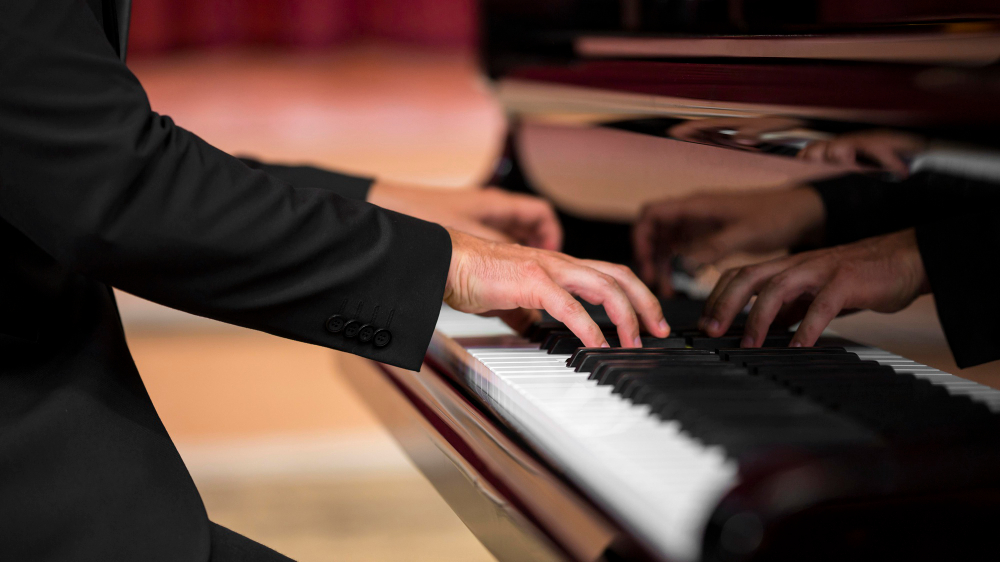The piano is an instrument of incomparable beauty and complexity, loved by many for its ability to create melodic masterpieces across a range of genres. It is an instrument with a rich history, whose roots can be traced back to the early 1700s. The piano’s unique tonality and playing style have helped to make it a staple in music culture across the world, and as technology continues to advance, new and exciting variations of the instrument have emerged.
There are several types of piano available, each with its own unique characteristics and playing styles. The most widely known type is the grand piano, a majestic instrument with a rich history and unmistakable sound. However, there are also upright pianos, digital pianos, and even hybrid models that combine both acoustic and digital elements.
I. Grand Pianos
A. Description
Grand pianos are the largest type of piano, with a length of over six feet. They are typically made from high-quality materials and have a resonant sound that is unmatched by any other type of piano. The strings of a grand piano are placed horizontally, and the hammers strike the strings from beneath, creating a distinct sound that is unique to this type of instrument.
B. Advantages and Disadvantages
One advantage of a grand piano is its size, which allows for longer strings and a richer, more resonant sound. Additionally, grand pianos are often considered to be more visually striking than other types of pianos, with their graceful curves and elegant design.
However, grand pianos can also be quite expensive and require a significant amount of space in the house. They are also more difficult to move than other types of pianos, and the cost of tuning and maintenance can be higher.
C. Examples and Variations
There are several variations of the grand piano, including the baby grand, which is smaller in size and more affordable than a traditional grand piano. Additionally, there are concert grand pianos, which are the largest and most expensive type of piano and are often used in large concert halls and performance spaces.
II. Upright Pianos
A. Description
Upright pianos, also known as vertical pianos, are more compact than grand pianos and are designed to fit into smaller spaces. They have a vertical frame and strings that are struck by hammers that move horizontally. Upright pianos are typically less expensive than grand pianos and are often used in homes and small performance spaces.
B. Advantages and Disadvantages
One advantage of an upright piano is its compact size, which makes it a popular choice for those who have limited space. Upright pianos are also less expensive than grand pianos, which makes them a good option for those who are just starting to learn the instrument.
However, upright pianos often have a less resonant sound than grand pianos, and their vertical design can make it more difficult for the player to achieve the same level of control and expression.
C. Examples and Variations
There are several variations of the upright piano, including the spinet piano, which is the smallest type of upright piano and is often used in small homes and apartments. Additionally, there are studio upright pianos, which are larger and have a more powerful sound than spinet pianos, making them a popular choice for practice rooms and small performance spaces.


Leave feedback about this